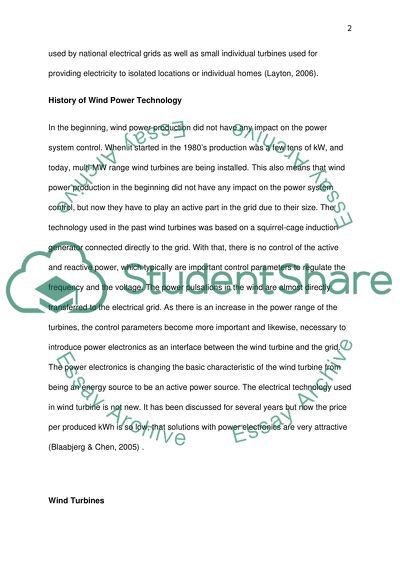Cite this document
(“Managing of Energy Assets Essay Example | Topics and Well Written Essays - 3000 words”, n.d.)
Retrieved from https://studentshare.org/environmental-studies/1406674-managing-of-energy-assets
Retrieved from https://studentshare.org/environmental-studies/1406674-managing-of-energy-assets
(Managing of Energy Assets Essay Example | Topics and Well Written Essays - 3000 Words)
https://studentshare.org/environmental-studies/1406674-managing-of-energy-assets.
https://studentshare.org/environmental-studies/1406674-managing-of-energy-assets.
“Managing of Energy Assets Essay Example | Topics and Well Written Essays - 3000 Words”, n.d. https://studentshare.org/environmental-studies/1406674-managing-of-energy-assets.


